What if the galaxy far, far away is closer than you think? From Tunisian salt flats to Irish monastic islands and California redwoods, many iconic Star Wars worlds are real places you can actually visit. This guide maps the exact landscapes that shaped Tatooine, Endor, Ahch-To, and beyond—plus practical tips to stand where the cameras rolled. Ready to trace footsteps of Skywalkers and smugglers across Earth’s most cinematic horizons?
Tatooine Cluster, Southern Tunisia (Chott el-Djerid, Matmata, Ksar Hadada)
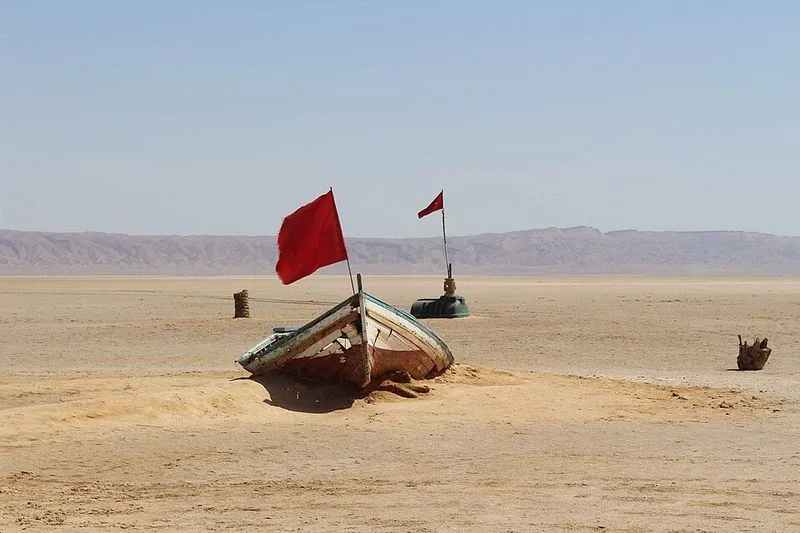
George Lucas stitched Tatooine from Tunisia’s salt flats, troglodyte homes, and fortified ksour. Chott el-Djerid’s blinding white provided the horizonless flats where the rounded Lars “homestead” domes still sit for photographs. In Matmata, Hotel Sidi Driss’s troglodyte courtyards and rooms doubled as the Lars interiors—you can walk the very spaces used on camera. Ksar Hadada supplied gritty Mos Espa textures. Today, much remains visible, though wind and sun weather facades. Visit at golden hour for gentle light, bring sun protection, and consider guided tours from Tozeur or Douz to navigate dispersed sets and desert tracks safely.
Death Valley National Park, California (Tatooine plates)

U.S. desert vistas in Death Valley were intercut with Tunisia to complete Tatooine. Fans hike Golden Canyon to spot the same colorful badlands and bends framed for droid treks, while Artists Palette’s mineral hills echo on screen. The Mesquite Flat Sand Dunes deliver those familiar rippled ridges seen in several shots. Park signage points out filming areas, but bring a still from the movie to match angles. Visit early for cooler temps and empty trails, carry ample water, and respect fragile crusts. It’s surreal how perfectly the park’s hues and textures blend with Tunisia’s sun-baked footage.
Buttercup Valley / Yuma Desert (Return of the Jedi)
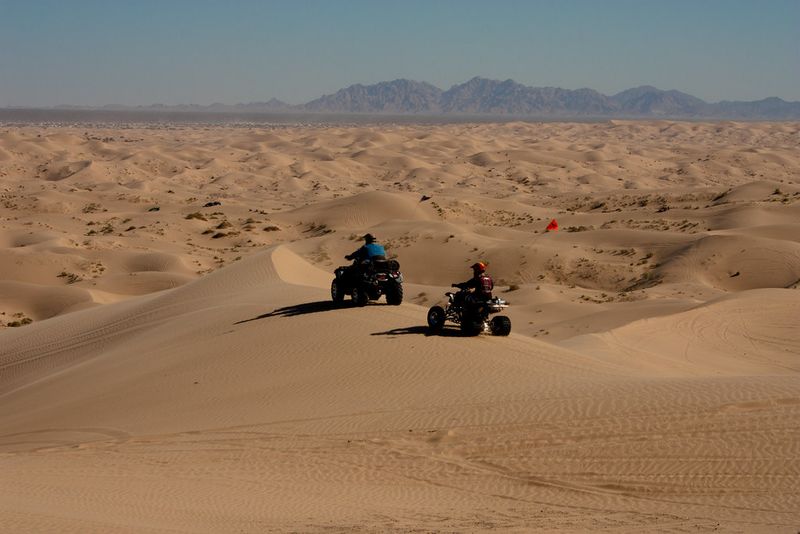
Return of the Jedi expanded Tatooine with large-scale sand-dune sequences near the Arizona–California border. Buttercup Valley’s wide, rolling dunes and exposed horizons created the desolate approach vibe used around Jabba’s domain and the sail barge set work. Today photographers favor sunrise or late afternoon for sculpted shadows and wind-carved lines. Access is via Imperial Sand Dunes Recreation Area; check permits, closures, and off-road advisories. Expect heat, shifting sand, and sparse amenities—pack more water than you think you need. The sweeping, uncluttered skyline instantly recalls those dramatic, perilous desert set-pieces.
Skellig Michael, County Kerry, Ireland (Ahch-To)

Skellig Michael’s ancient monastic terraces became Luke’s windswept island refuge. Crews used real beehive cells and steep, hand-carved stone steps for the secluded Jedi setting. Landings are weather-dependent and numbers strictly limited, preserving the fragile ecosystem and safety on precipitous paths. After a choppy boat ride from Portmagee, visitors climb a short but steep stairway to the monastic cluster where key scenes were framed. The authenticity is striking—the cells and steps are exactly what you saw on screen. Book well ahead, wear grippy footwear, and prepare for sudden Atlantic squalls that can cancel crossings without notice.
Redwood National & State Parks, California (Endor)

Endor’s forest floor came alive beneath towering coastal redwoods in Northern California. Ground-level chase shots and Rebel ambush scenes were framed among colossal trunks and ferny understory that deliver the movie’s outsized scale. Trails near Prairie Creek and Jedediah Smith regions feel instantly familiar; even without set pieces, the vertical grandeur matches the film. Walk softly on designated paths to protect sensitive roots. Early mornings bring mist and dappled light perfect for photography. Stand under the same living giants whose immense columns sold Endor’s otherworldly canopy and ground the speeder-bike thrills in a real, tangible forest.
Plaza de España, Seville, Spain (Naboo/Theed exteriors)
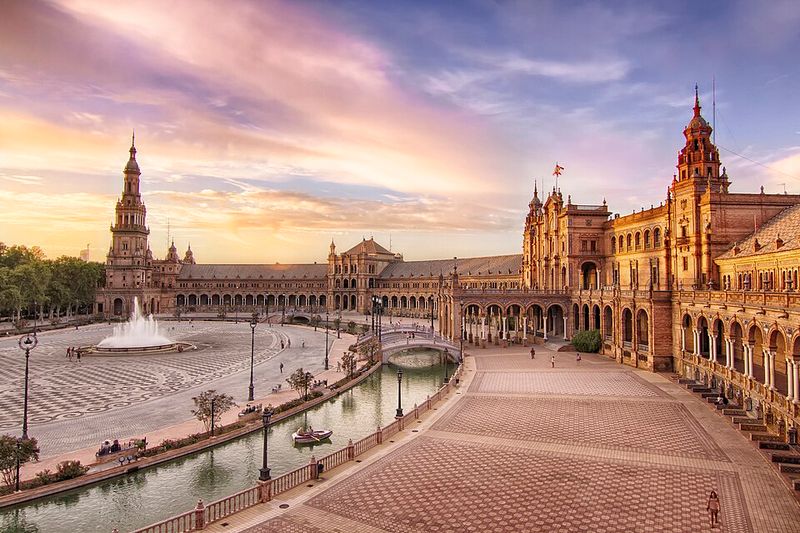
Seville’s Plaza de España doubled elegantly for Theed’s regal corridors and bridges. The long arcaded walkways, tiled balustrades, and graceful bridges match the prequel shots where Anakin and Padmé stroll past sunlit arches. Arrive at sunrise or late evening to avoid crowds and capture clean frames echoing the film’s symmetry. The semicircular plaza and canal read almost unchanged from screen to reality, making recognition instant. It’s a photographer’s dream: geometry, warm terracotta tones, and detailed ceramic work. Explore both upper and lower arcades for varied angles that align with the movie’s corridor compositions.
Villa del Balbianello, Lake Como, Italy (Naboo lakeside)
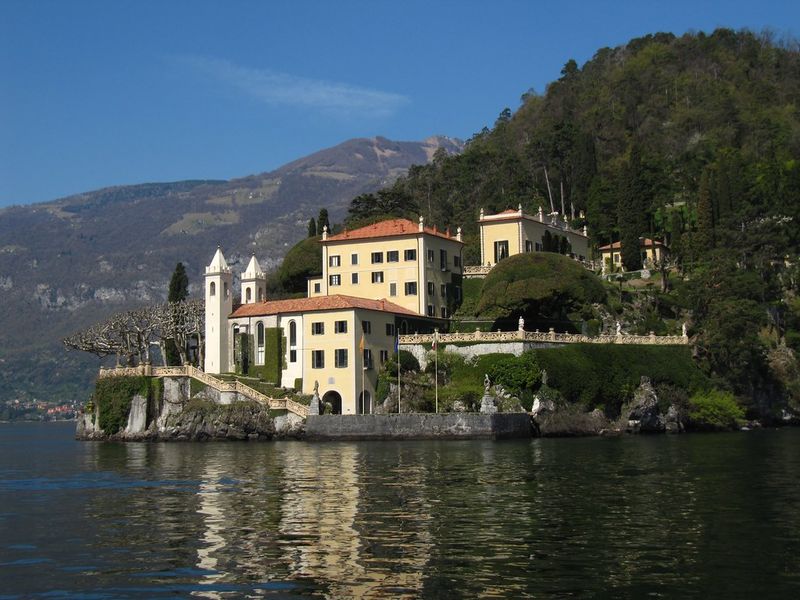
On Lake Como, Villa del Balbianello’s terraces and loggias staged intimate Naboo moments. The clipped gardens, balustrades, and serene water vistas translate almost unchanged from the prequels, framing quiet dialogue and romantic interludes. Visitors can tour interiors and stroll the terraced grounds by timed entry or guided tour, with boat arrivals offering the most cinematic approach. Golden hour softens limestone and foliage into painterly tones. The villa’s precise garden lines and lake reflections give every shot the refined Naboo elegance fans recognize instantly.
Salar de Uyuni, Bolivia (Crait)

The world’s largest salt flat provided the stark battlefield of Crait. Filmmakers captured real horizon-to-horizon white while visual effects added the dramatic red mineral streaks and tech installations. On location, the polygonal salt crust and endless flatness feel otherworldly even without props. Dry-season visits offer drive-on tours, while rainy-season mirrors deliver spectacular reflections—both evoke Crait differently. Sun is intense; bring sunglasses and sunscreen. Guides can help reach less-traveled sectors for pristine surfaces. Standing amid the blinding expanse, it’s easy to imagine skimmers carving red contrails across this alien-white plain.
Phang Nga Bay and Koh Panyee, Thailand (Kashyyyk plates)
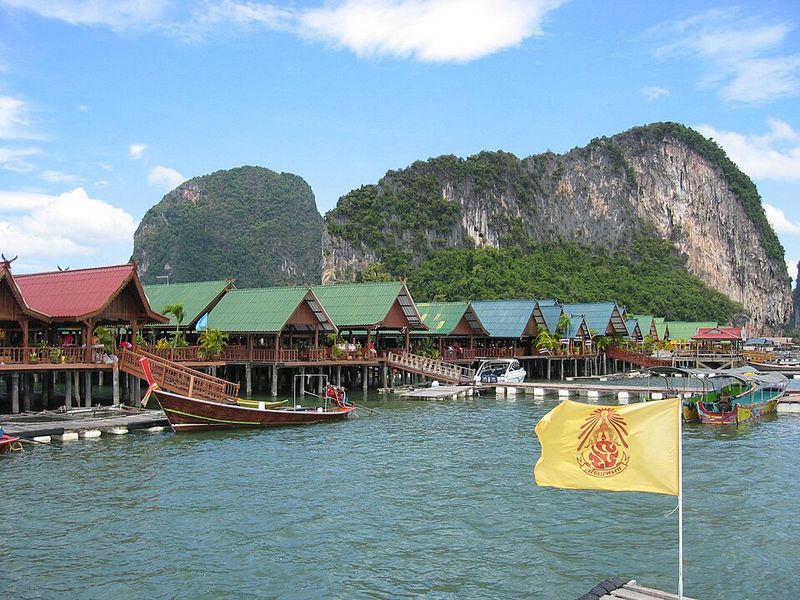
Thailand’s Phang Nga Bay and Koh Panyee supplied background plates for Kashyyyk’s coastal vistas. Towering limestone karsts, mangrove edges, and village-on-stilts textures were photographed and later composited with set and digital elements to build the Wookiee homeworld. Boat tours weave among the vertical islands for views that match the on-screen silhouettes. Early morning calm yields glassy water and soft mist for evocative frames. While you won’t find Wookiee structures, the geology and light provide the exact natural shapes seen in the film’s panoramas.
Grindelwald & Jungfrau Region, Switzerland (Alderaan/alpine plates)

Swiss alpine vistas around Grindelwald, the Eiger, and Jungfrau served as plates for distant planetary horizons, including Alderaan’s pristine backdrops in expanded materials and composites. Filmmakers captured dramatic serrated ridgelines, snowfields, and glacier light to layer behind foreground action. You can ride mountain railways or cable cars to viewpoints mirroring those around Kleine Scheidegg and First. Clear days bring crisp blue-and-white contrast; storms add brooding drama. Even when subtly composited, these peaks remain unmistakable—majestic, cold, and timeless, lending Star Wars a grounded sense of planetary scale.
Puzzlewood, Forest of Dean, England (Takodana)

Puzzlewood’s moss-draped gullies and twisted roots crafted Takodana’s enchanted-forest vibe. Scouts loved its small-scale rock mazes, tangled tree forms, and emerald palette that reads as otherworldly without heavy set dressing. Walking the looping paths, you’ll recognize nooks used for ambushes and lightsaber confrontations. Low light under the canopy favors fast lenses or steady hands. Go early or late to avoid crowds and preserve the eerie hush. It’s a living set: dripping moss, knotted roots, and narrow passages that feel designed for close-quarters camera choreography.
Wadi Rum, Jordan (Jedha and Pasaana plates)

Wadi Rum’s monumental sandstone and open plains furnished Rogue One’s Jedha and later desert worlds with sweeping geometry. Honey-colored cliffs, slot canyons, and broad valleys provide instant alien grandeur. Tours by 4×4 and short hikes reach vantage points fans will recognize from establishing shots. Light is spectacular at sunrise and sunset; midday heat is formidable. Expect simple Bedouin camps, starry skies, and big horizons that swallow sound. The layered rock textures and empty distances translate on camera as ancient, sacred landscapes ideal for Star Wars’ desert mythmaking.
Hardangerjøkulen Glacier, Norway (Hoth)

Norway’s Hardangerjøkulen glacier near Finse became the icy planet Hoth in The Empire Strikes Back. Blizzard conditions and vast snowfields provided authentic survival shots and Rebel base exteriors crafted with practical effects. The area remains stark and windswept; access typically starts from the remote Finse railway stop and continues on foot or skis with proper gear. Weather shifts rapidly—guides are recommended. Standing on the plateau, the wind’s bite and white horizons are pure Hoth, proving how real cold lends Star Wars its tactile chill and palpable danger.
Canary Wharf Underground, London (Scarif interiors)
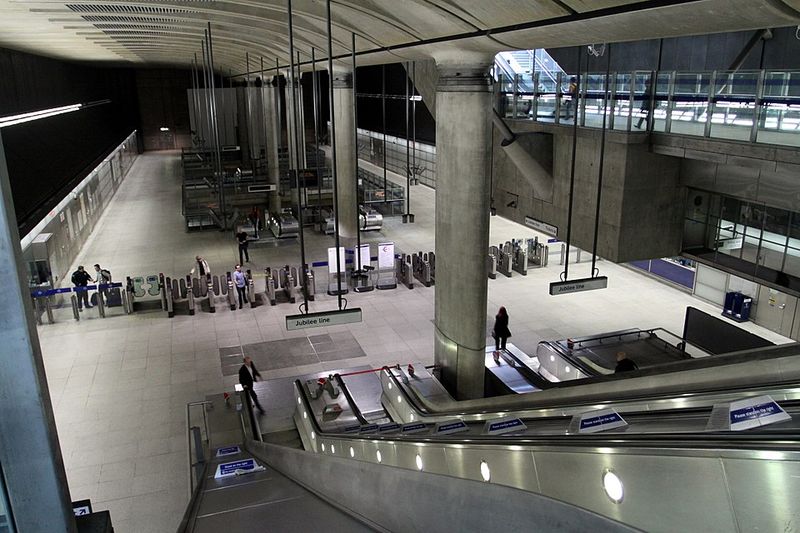
London’s Canary Wharf station doubled as Imperial corridors for Rogue One’s Scarif sequences. Its sleek, brutalist concrete, recessed lighting, and clean sightlines required minimal dressing to read as Empire architecture. Visit off-peak to appreciate the long escalators and tunnel perspectives that match on-screen compositions. Photography rules vary—observe signage and staff directions. The modernist geometry offers instant recognition for fans, transforming everyday commute spaces into cinematic battlegrounds with a simple change of angle and lighting.
Dubrovnik Old Town, Croatia (Canto Bight exteriors)
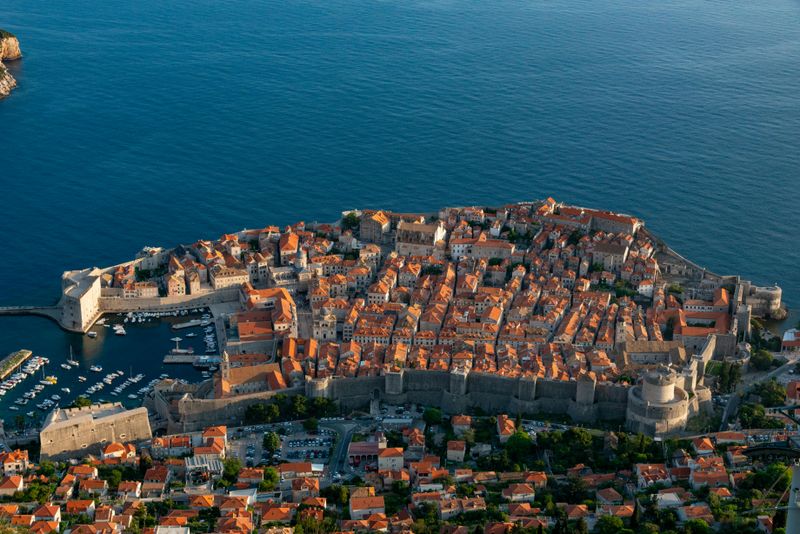
Elegant streets of Dubrovnik stood in for the glitzy casino city of Canto Bight. Crews augmented baroque facades with deco flourishes, but Stradun’s polished stone, arches, and seaside light remain unmistakable. Wander side alleys and ramparts to find angles that mirror chase sequences. Arrive early or at night for reflective pavements and fewer visitors. While the sci-fi props are gone, the city’s luminous limestone and formal symmetry convey the on-screen opulence that framed Finn and Rose’s misadventures along the waterfront and arcaded streets.

